- How to Clean Trumpets - May 31, 2022
- How to Find the Best 5 String Violas - May 31, 2022
- Cecilio CCO 200 Review and Guide - April 1, 2022
If you are in the market for buying a cello, it’s understandable if things have become quite overwhelming. There are so many cello brands on the market – how are you supposed to know which ones produce the best cellos, and are there any in particular that you should be avoiding?
These are great questions! Cellos can be expensive, so it’s super important that you do your research and understand exactly what makes an excellent cello. Luckily, I’ve decided to put together this guide on cello brands to avoid! I’ve been playing the cello for over a decade, so I am highly experienced in knowing what to look for in a high-quality instrument.
Let’s get started – we’ll be taking a look at the cello brands you should avoid, the qualities you should look for in a cello, and the best cello brands to consider. Read on to find out more!
What to Look for in a Cello
Before we take a look at some specific cello brands to avoid, I’ve decided to begin by breaking down exactly what you should look for in an excellent cello brand. That way, you can use this information when researching cello brands that will work for you. Let’s get started!
Fitting your Budget
First of all, let’s discuss the elephant in the room – cellos can be seriously expensive, so you will want to find a cello brand that fits your budget. There are tons of excellent cello brands out there (which I will discuss later) that provide a range of different price options to provide something for every budget. I think this is important, as nobody should be deprived of a cello just because they earn less money.
However, it’s undeniable that some cello brands out there simply do not do this. Some only produce premium cellos that cost thousands of dollars, whilst others exclusively produce cheap beginners cellos. If you come across a cello brand like this, I would recommend you avoid them. A solid cello brand should provide a variety of options, as opposed to targeting a specific price range.
Material of the Body
Whilst there is certainly nothing wrong with purchasing a cheap beginner’s cello, it is a fact of life that you pay for what you get, and cheap cellos can often come with cheap bodywork. The parts of a cello are almost always made of wood, except carbon fiber cellos, but this wood can vary from cheap to expensive.
The general standard these days is that a cello should have a spruce top, hard maple sides and back, a fingerboard made of ebony, and rosewood tuners. If you come across a cello brand that does not provide a cello with these standards, it’s a red flag. A decent cello brand should always provide at least one option that meets high-quality standards.
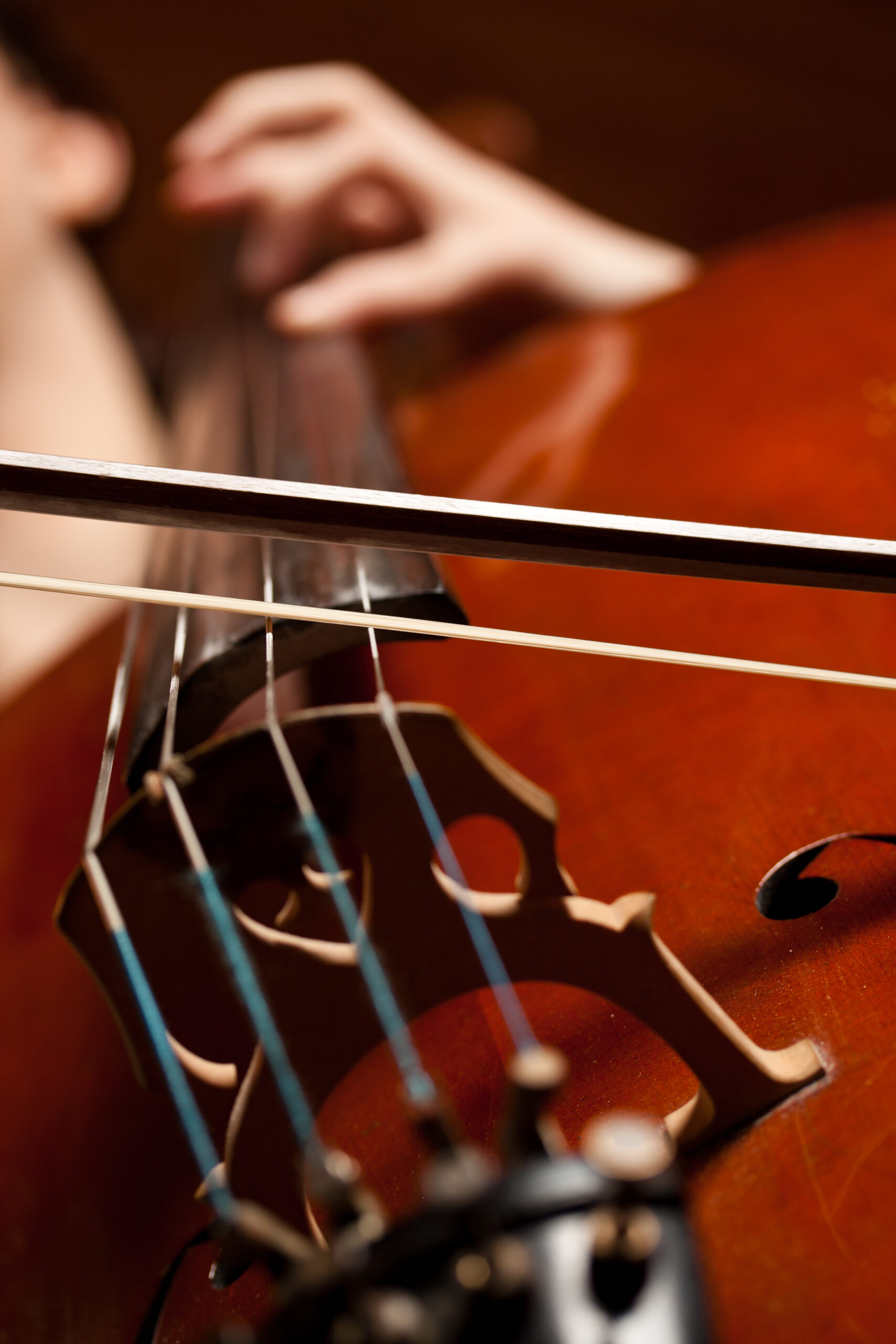
Building Process
There are two main ways that cellos can be built – by hand and on an assembly line. It will probably come as no surprise to you that handmade cellos are almost always of a higher quality. It means that care and detail have been put into the assembly of your cello, as opposed to the mass-produced nature of manufactured cellos.
My first cello was manufactured, and whilst it was a decent instrument to learn with, it just felt like something was missing. My second cello was hand-made, and this instantly filled the void, it sounded stunning, and I could sense the skill that had been put into building it.
Every cello is different, so mass manufacturing them simply doesn’t come across well. I would recommend that you avoid mass-produced cello brands and look for a brand that has cello experts (or luthiers) that are hand-crafting your cello to ensure that it truly shines brightly.
Bundles
Whilst the body itself is the most important part of the cello; there are tons of other things you need to consider. You will need cello strings and rosin, not to mention an endpin, a cello case, a cello stand, and a cello chair.
The last thing you want is to purchase a cello, only to discover that you need to make further purchases before you can start playing the instrument. I have always found that the best cello brands will consider their user experience carefully, and therefore will sell the cello bundled with various accessories (such as rosin and a case).
Whilst you can’t expect cello brands to provide you with everything you will need, they should at least provide the basics. I would encourage you to spend a little extra on a cello brand that provides cello bundles or at least the accessories as add ons. Any cello brand that will require you to search elsewhere to get started should be avoided.
Adjustability and Customization
The last factor on my list of qualities to look for in a good cello brand is adjustability and customization. Whilst the cello is certainly a large instrument; this doesn’t mean that you need to be of a certain height to play one – excellent cello brands should provide a variety of options to facilitate for any age and size.
The most important factor here is the size. There are a variety of cello sizes out there, ranging from the standard 4/4 for adults and 1/8 sizes for young children. Cello brands will generally provide their instruments in all of the major sizes, and if they don’t, it might be worth searching elsewhere.
It’s not just about the size, though – the first beginner cello I bought was a pretty good fit for me in terms of size, but it was a little uncomfortable to play due to its height. I knew that all I had to do was to adjust the endpin, and I could not believe it when I realized that my endpin was not adjustable.
Always ensure that your cello brand provides cellos in a variety of sizes with an adjustable endpin. These factors are essential to comfortably learning this instrument, so you do not want to skip over this.
Cello Brands to Avoid
We’ve investigated the properties that you should seek out in an excellent cello brand, so you might be wondering whether any cello brands suffer in these areas. There is, and they are worth being aware of to avoid spending your hard-earned money on a below-average cello. Let’s take a look at some prime examples!
Knilling Company
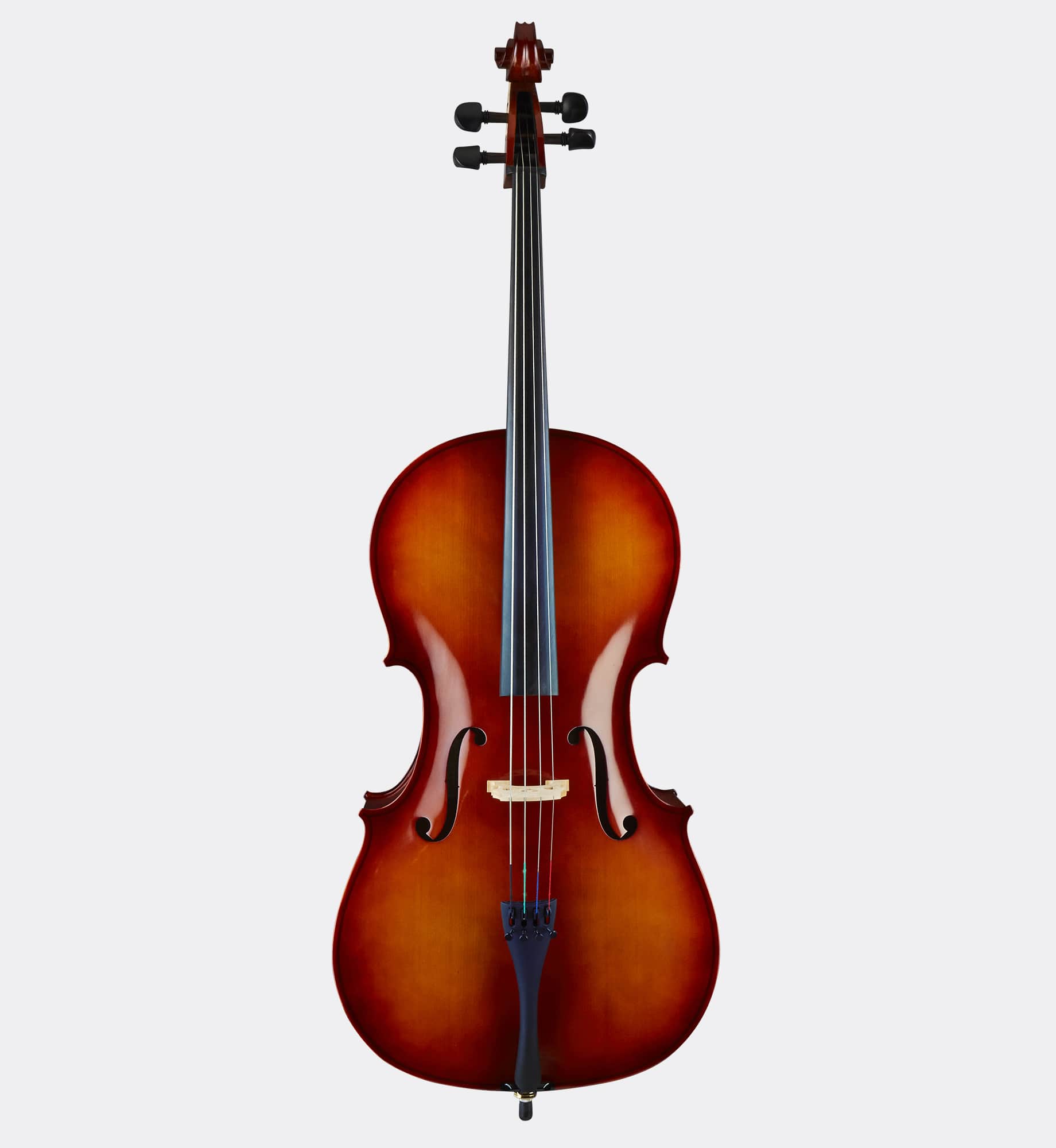
If you ask an older cellist about the Knilling Company, they may well claim that it’s a brand worth considering. They’ve been around since 1915, and this can create the illusion that they’ve had a long-lasting reputation, but the only reputation they have is for selling bad cellos.
I’ve only ever found Knilling cellos being sold at flea markets for a fraction of their original price, and when I asked the sellers to answer honestly why they were selling it so cheap, they told me the design was simply awful. I’m talking unstable intonation, body damage, and wood that can be damaged easily by small environmental changes. These instruments aren’t just impractical but almost impossible to play nicely.
Corilon Cellos
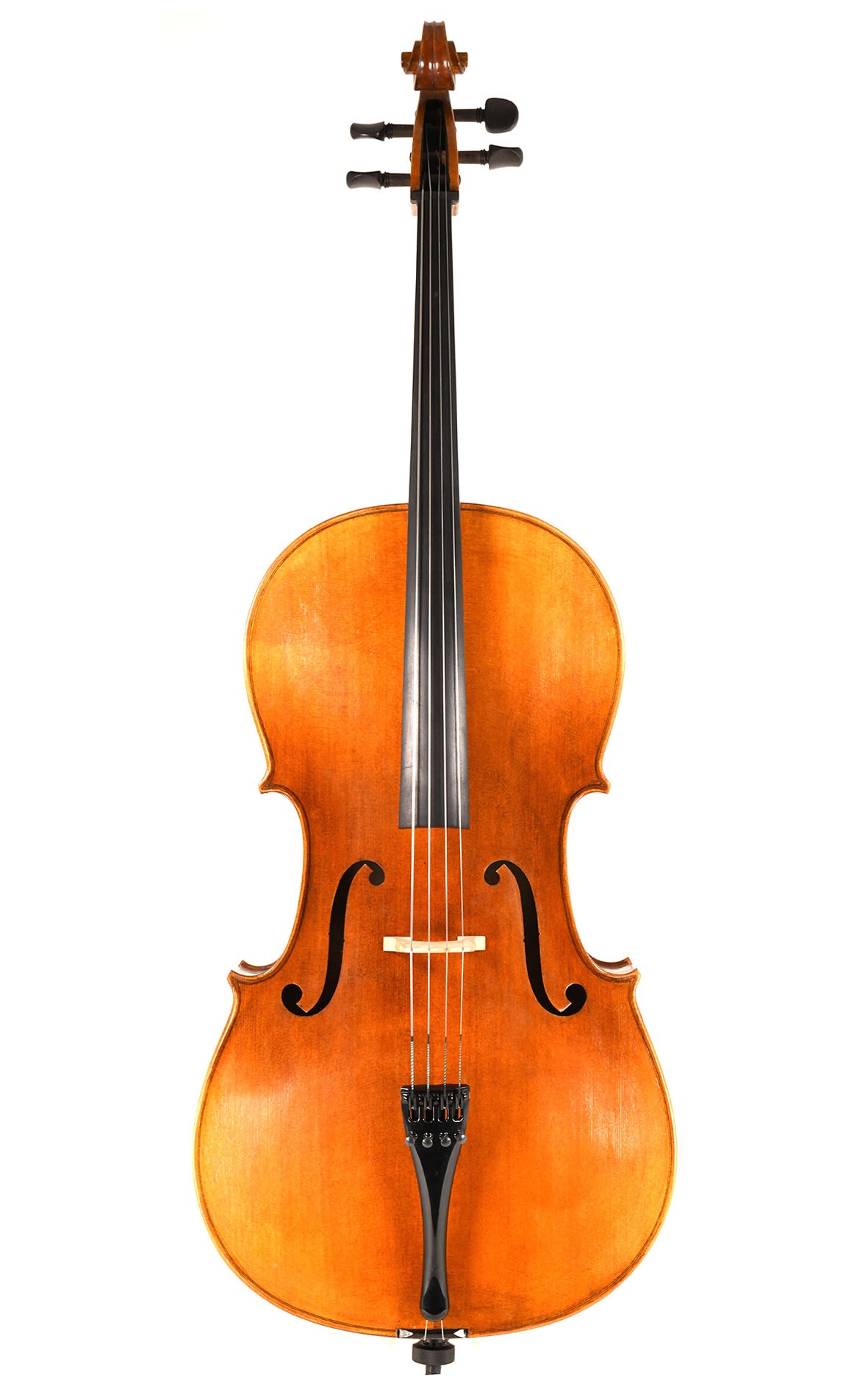
When discussing good qualities to look for in cellos earlier, I mainly focused on the qualities of the cello, such as assembly, bodywork, wood choices, and size options. However, there is one further point that is worth considering, and that is a brand that provides excellent customer service. If anything goes wrong with your cello, you will want to ensure that you have some sort of guarantee or at least some replacement insurance. Not all companies do this, and Corilon Cellos is a prime example.
One of my friends bought one of these cellos years ago, and something was not right about the tone. She spent good money on it, and the instrument was advertised as an advanced model, but the woodwork and assembly were of low quality. She got in touch with the company to discuss her options, but they completely ignored her e-mails. Just check out some online reviews, and you’ll quickly realize that she is not the only one to have this experience. Avoid, avoid, avoid – mistakes happen, but if there is no customer service to fix those mistakes, that is simply not good enough.
Stagg Cellos

Stagg is a cello brand that produces several types of cellos, and whilst I haven’t tried out their electric cellos, I would highly recommend you avoid their acoustic cellos. I once had a cello student who was attracted to this brand due to how cheap they were, but when he brought the instrument to practice, he was sweating buckets.
The cello was ridiculously heavy, which not only made it incredibly difficult to transport but also made it almost impossible to play. The heavy wood also made the tone sound awful; it was like some sort of joke. This all comes down to poor wood choices and lackluster product design – I would highly recommend avoiding this brand.
Best Cello Brands
Now that we’ve taken a look at cello brands to avoid and exactly what you should be looking for in a cello brand, let’s take a look at some of my top picks. All of these cello brands meet the high standards that you should seek out, whether you’re buying your first cello or upgrading to something fancier. Let’s take a look.
Cecilio
Many of you that are reading this guide are probably looking to purchase your first cello. A lot of cello brands provide options for beginner cellists, so it can be difficult to know which one is best. I’ve always favored Cecilio for this – they are excellent sounding instruments that come with very affordable price tags, making them a popular option for people who don’t want to spend too much money in case the cello is not the instrument for them.
It must be said that they come with a few shortcomings in comparison to more expensive brands, but that’s only natural when purchasing a beginner instrument. Let’s take a look at one of their budget models.
Cecilio CCO-100
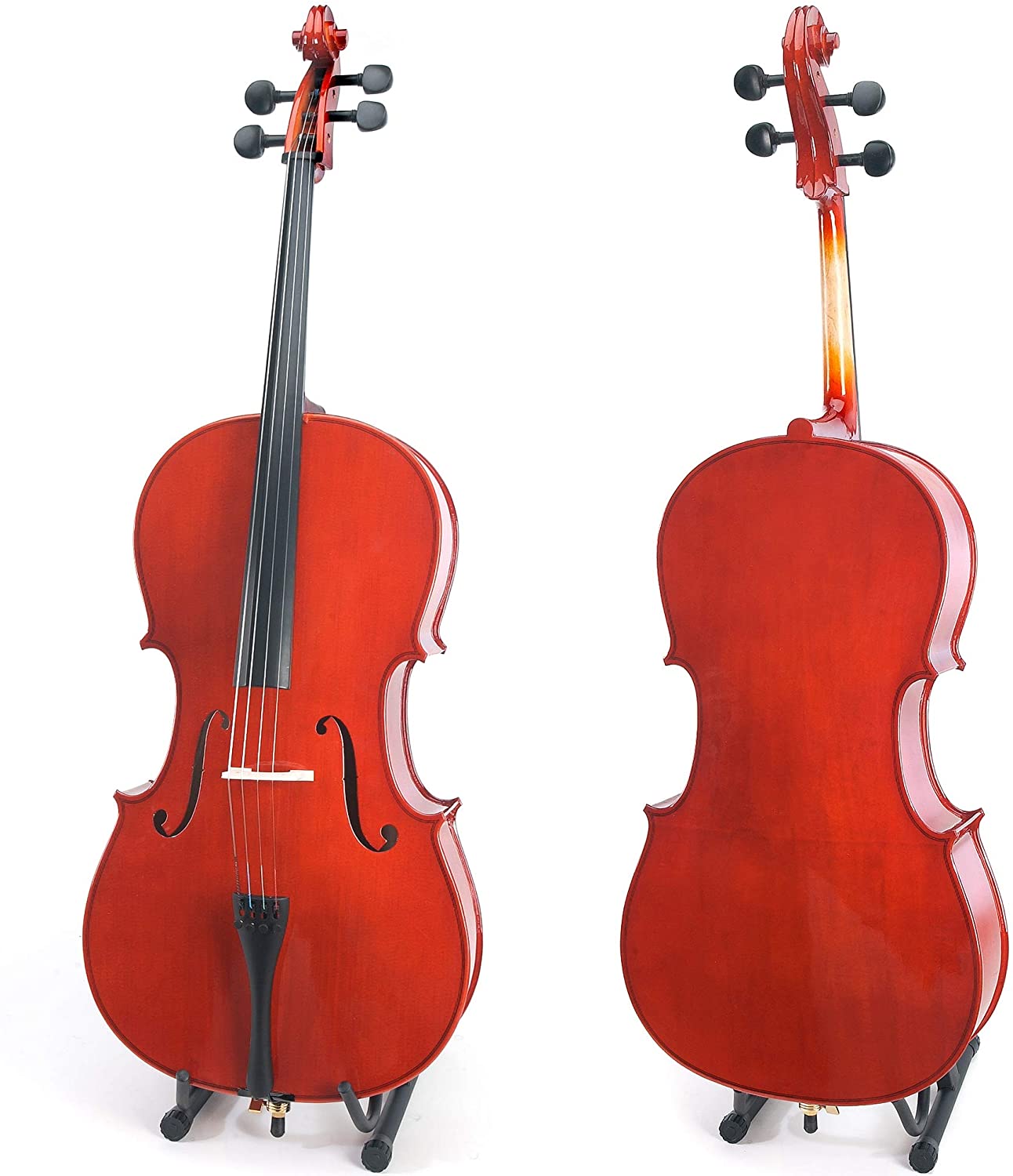
The Cecilio CCO-100 is one of the most popular beginner cellos out there. It is designed to be a student cello and comes at a very affordable price of around $350. It sounds great for the price and comes with a range of accessories that you will need to get started, but there are many compromises on quality. For example, these cellos are not handmade and are instead assembled in a factory, and the fingerboards are made with maple instead of the sturdy ebony standard. The quality isn’t particularly high, but it’s a great choice if you are looking for something on a budget. Furthermore, it’s worth noting that for a couple of hundred extra bucks, models such as the Cecilio CCO-500 include several improvements, such as ebony woods fingerboards. However, they are still factory-made.
Pros
- An excellent sounding cello for a reasonable price of ~$350
- It comes bundled with a soft case, rosin, a bow, a stand, a soft case, and spare strings
- Available in all major sizes, including 4/4 and 1/8.
Cons
- The fingerboard is made from maple as opposed to sturdy ebony
- Made in a factory, as opposed to being hand-made
DZ Strad
Perhaps you’ve already been playing the cello for a while, and you’re looking to upgrade from your beginners Cecilio model – it might be time to upgrade to a DZ Strad, as these cellos are renowned for producing high-quality mid-tier instruments for intermediate cellists.
One of the most appealing aspects that take DZ Strad cellos into a new budget range is the fact that they are all handmade in a cello workshop in New York and Minnesota, and this is evident in the gorgeous and finely tuned sound they produce. Some of the DZ Strad models are incredibly expensive, with the Model 1100 costing a huge $18,000. However, let’s take a look at one of the more moderately priced options.
Model 101
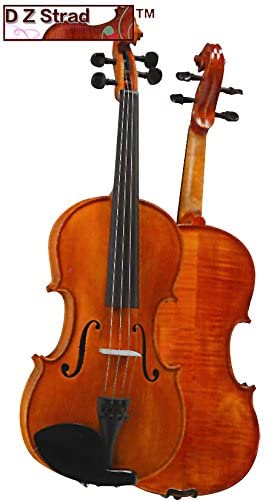
The DZ Strad Model 101 is one of the brand’s most popular instruments, having the lowest price tag in the range at $1,399. It features all of the wood standards that you would expect from a handmade cello, producing a resonant and deep tone that simply cannot be found for a lower price. It also has a beautiful deep red-colored varnish, making the instrument stand out in appearance from any of the cheap finishes found on factory-made cellos.
Pros
- Handmade, carved and finished
- Well rounded resonance and a sturdy body
- Comes with strings, a bow, and a rosin
- Available in all sizes, including the rare 1/16
Cons
- Affordable as an upgrade, but not necessarily as a beginners cello
- High quality, but still lower quality than others in the D Z Strad range
Eastman Strings
Earlier I mentioned that an excellent cello brand should provide options for not just any cellist size, but budget and experience level too. Both Cecilio and DZ Strad produce great cellos, but they focus on either low or high-budget options, and it’s a shame they don’t provide more variety.
My biggest recommendation would be to check out Eastman Strings purely for the fact that they provide equally high-quality hand-crafted instruments regardless of your experience level. Furthermore, the company provides a variety of additional options, including electric and carbon fiber cellos. It’s a well-rounded cello brand that provides an option for just about every different cellist; let’s take a look at two of my favorite models by them.
Eastman Master
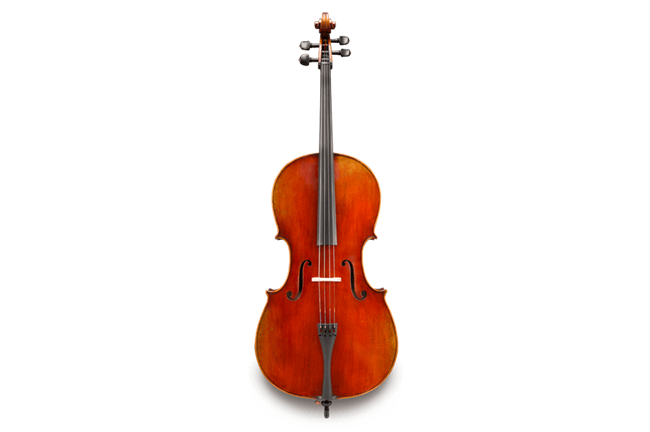
Eastman Strings sell cellos across four key product ranges – Student, Step Up, Advanced, and Professional. One of the best cellos in the Professional category is The Eastman Master, an instrument varnished with gold-colored oil to give it a truly unbeatable tonal quality. Every instrument is made from scratch and in controlled environments, designed in a bespoke manner by master luthiers. It’s the most expensive option on this list, costing around $3,500, but it’s the dream cello of many cellists and will be worth it in sound quality if you can save up the cash!
Pros
- Made in a bespoke manner by only the best Eastman luthiers
- The gold-oil varnish gives a tonal quality that is usually unachievable with traditional finishes
- Available in the unique 7/8 size, making it ideal for smaller adults
Cons
- Very expensive and only recommended for highly experienced cellists
Eastman Westbury
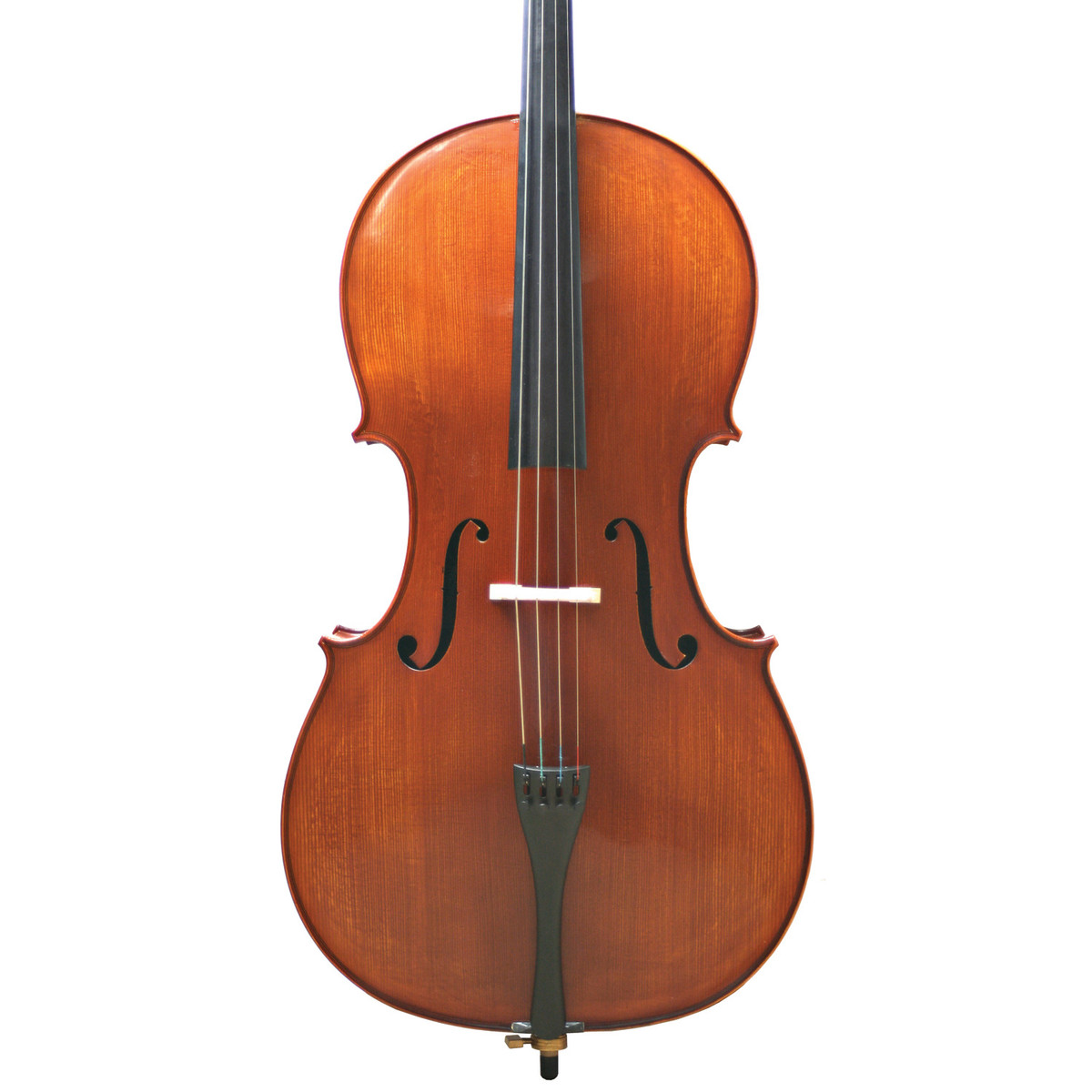
Something I have always appreciated is the way that Eastman will put high-quality design and assembly into all of their cellos, despite offering some significantly cheaper options. For example, the Eastman Westbury is a great option for beginner cellists who don’t mind spending a bit of additional cash for a high-quality instrument.
It costs around $1,500, which is a bargain considering the amount of care that Eastman put into their cellos, and even comes with a soft case and a bow. Many people prefer to cheap out on their first cello in case they’re not going to stick it out, but if you truly feel strongly about learning the instrument, starting with this beauty could be a solid move.
Pros
- Handmade in the same manner as more expensive models
- A very low price considering the quality
- It comes in 1/2, 3/4, ⅞, and 4/4 sizes
Cons
- The smallest size is 1/2, making it a beginner option only for children of around nine years or older.
FAQ
We’ve taken a look at all the properties that you should look for in a cello brand, in addition to some of my favorite brands on the market. It’s a lot of information to take in, so let’s round things off with a quick FAQ before I provide my final pieces of advice.
Answer: You should always do your own research to ensure that you can assess a cello brand for yourself, but three of the key cello brands I would recommend you avoid are Knilling Company, Corilon Cellos, and Stagg Cellos.
Answer: Whilst many cello brands focus on both beginner and expert cellos, Eastman Strings has an excellent reputation for providing something for just about every skill range.
Answer: Handmade cellos will always sound better, have more longevity, and generally be of a higher quality than factory assembled cellos. The care that has been put into each instrument is truly projected by the sound.
Answer: Brands that produce cheap cellos are perfectly fine for beginners, especially if you are unsure if you will stick with learning the instrument, but it’s undeniable that if you are certain you will love playing the instrument, a more expensive model will bring you a better learning experience.
Final Thoughts
I hope that you have benefitted from this guide on which cello brands to avoid! To summarise, you should always seek out cello brands that provide a variety of options for different budget ranges and sizes, as every cellist is different, and the brand should be aware of this!
Out of all of the brands and models I have discussed, I would recommend that you avoid Knilling Company, Corilon Cellos, or Stagg Cellos entirely and stick with brands with excellent reputations. Eastman Strings is a prime example of this. The Master is undeniably a fantastic option if you have been learning the instrument for a long time and have saved up cash for a long time, whilst the Westbury is an excellent mid-range cello for beginners who would like to start with a high-quality option.
Don’t take my word for it, though – you should always do your research when searching for the best cello brands and models, as don’t forget to test out cellos in local music stores. This way, you can truly see for yourself how the build quality affects the sound of these instruments, as opposed to relying on online descriptions. Good luck; I hope you enjoy your cello journey as much as I did!
Looking for more interesting readings? Check out:

